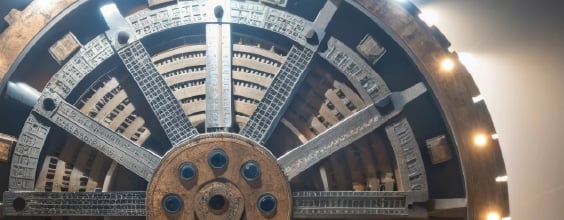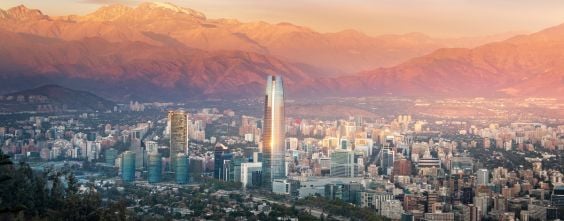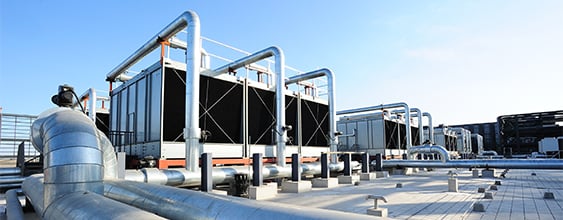Marine intake and outfall infrastructure play a strategic and important role in facilitating economic development in coastal environments. This is particularly the case in the water scarce regions where responsible management of water resources is a major priority.
Appropriate intake infrastructure contributes to water resilience in coastal cities, towns and settlements, as well as for coastal industries, by providing source water support to freshwater generation technologies such as desalination and technologies focused on combining desalination with water reuse. It also provides source water opportunities for power plant and thermal control in buildings. Outfall infrastructure, in turn, provides cost-effective alternatives for waste management for coastal industries, settlements and tourism facilities. Amongst others, this includes the management of waste heat from power generation, mining wastes, effluents from fish processing and mariculture facilities, municipal wastewater treatment works effluents and brine discharges from desalination facilities.
In the following Q&A, Marthinus Retief, Technical Director, Maritime, and Roy van Ballegooyen, Associate Maritime, WSP in South Africa, discuss challenges in the field of marine intakes and outfalls and innovations deployed to turn potential constraints into economic opportunities.
How does one go about promoting economic growth, social inclusion, and the preservation or improvement of livelihoods while at the same time ensuring environmental sustainability of the oceans and coastal areas?
Roy van Ballegooyen: While these goals may seem incompatible, adopting a holistic and tailored approach early on in the project development serves to align these goals and reach the desired outcomes. This approach has three prongs.
The first one relates to developing a strategic context for the proposed development by evaluating how the UN’s Sustainable Development Goals and the potential of blue economy and circular economy initiatives can serve as the project framework, whilst simultaneously being tailored to the local circumstances. This allows early identification of opportunities and constraints for consideration and inclusion in subsequent project planning and design.
When relevant national legislation and regulations are not yet in place to support emerging activities (such as deep-sea mining or discharges from coastal mining and aquaculture), consideration of industry or sector “best practice”, whist working collaboratively with local authorities, can help to address these gaps and find solutions.
The second prong relies on adopting a design framework that seamlessly integrates environmental and engineering imperatives throughout the project lifecycle (see figure below). Scoping the project from engineering, environmental and regulatory perspectives from its inception along with continuous communication throughout the process, sets the foundation for the design and delivery of responsible marine intake and outfall infrastructure.




















